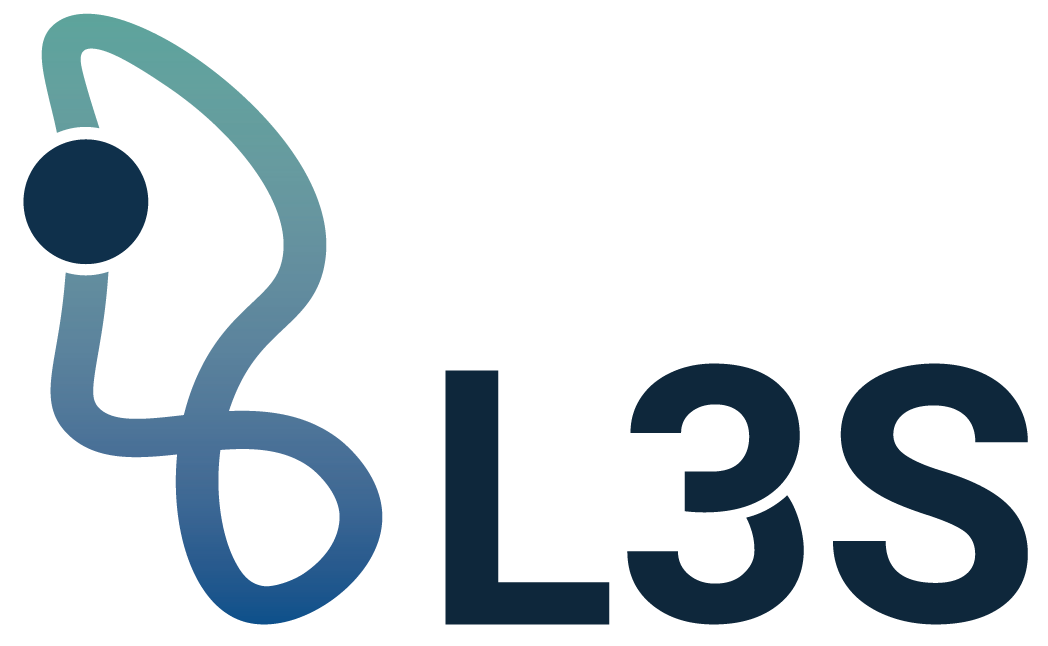|
so:text
|
To say that genetic differences are relevant to hetero- and homosexuality is not, however, to say that there are “genes for homosexuality” or even that there is a “genetic tendency to homosexuality.” This critical point can be illustrated by an example I owe to the philosopher of science, Elliott Sober. If we look at the chromosomes of people who knit and those who do not, we will find that with few exceptions, knitters have two X chromosomes, while people with one X and one Y chromosome almost never knit. Yet it would be absurd to say that we had discovered genes for knitting. The possession of two X chromosomes causes an embryo, with rare exceptions, to develop into an anatomical and physiological female, while the possession of a Y chromosome leads almost always to male development, and in our culture women are taught to knit while men are not. The beauty of this example is its historical contingency. Had we made the observations before the end of the eighteenth century , the result would have been reversed. Hand knitting was men’s work before the introduction of knitting machines around 1790, and was turned into a female domestic occupation only when mechanization made it economically marginal. (en) |

